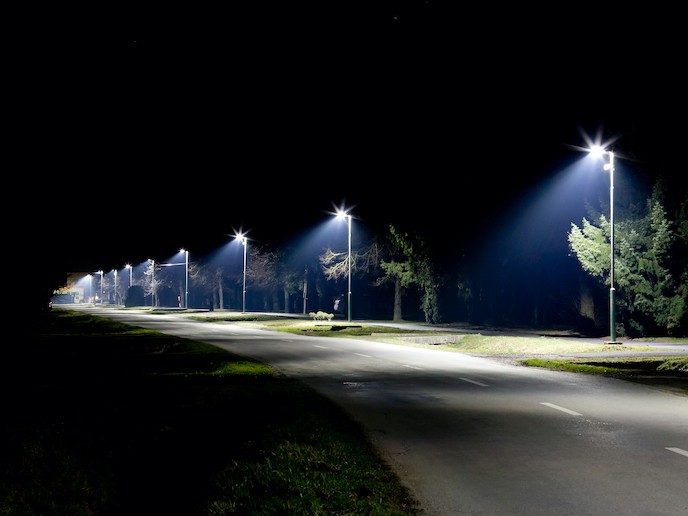Easing the transition to an LED-lit Europe
Much of the lighting technology fitted throughout Europe could be changed to modern LED lighting, saving costs and emissions. The PremiumLight_Pro project aimed to facilitate and accelerate this transition. When the project was being planned back in 2015, the service sectors had made some moves in this direction, with several best practice cases. Yet additional stimulation and support were necessary to speed the implementation, and to ensure high-quality LED solutions were being used. “A key objective was to develop procurement guidelines and criteria for LED systems in the service sector, which broadly cover both essential efficiency and quality criteria for indoor LED lighting as well as street lighting,” says Bernd Schäppi, Head of Center End-user Technologies and Devices at the Austrian Energy Agency, and PremiumLight_Pro project coordinator. Besides system efficiency, this included aspects like product lifetime, colour rendering, glare, light pollution and colour temperature. Glare reduction and good colour rendering, for example, are essential aspects in complex lighting situations in everything from street lighting to work spaces. “The guidelines and procurement criteria developed by the project were intended for broad dissemination and use also in education for lighting professionals,” says Schäppi. The project also had a major focus on education measures for experts from the private and public service sector, including procurers, installers and consultants, among others. “Two major achievements of the project were the development of state-of-the-art procurement guidelines and criteria for street lighting and for indoor lighting which were also broadly disseminated to more than 1 000 lighting experts during dedicated training services. Overall, the guidelines could be disseminated more than 26 000 times to lighting experts via the project’s web-based information services,” says Schäppi.
Lighting up the service sector
The project focused on the service sector, as it showed a lot of potential for a boost in the transition away from classic lighting systems to high-quality LEDs. Several tools were developed, for example building the capacity of lighting experts and spreading acquired knowledge about selecting and designing high-quality LED systems. “The design of high-quality LED lighting for indoor lighting and street lighting requires profound knowledge of the still relatively new technology and its features,” Schäppi explains. The European service sector follows replacement cycles which means that recently updated lighting systems not based on the newest LED technology may take a bit longer to be changed. Yet there are plenty of opportunities for LED lighting to be installed in systems across the EU when the time comes up for renewal. “Overall, clearly it is important that every new replacement is done now based on the newest high-quality technology,” Schäppi says. Another update of the procurement guidelines and criteria based on the current market and technology development is scheduled for 2020. “With such updates, for some period of time stakeholders from the private and public service sector still benefit from a powerful tool supporting the design of high-quality lighting systems beyond the project,” says Schäppi.
Keywords
PremiumLight_Pro, LED, lighting, cost, public service, lighting systems

